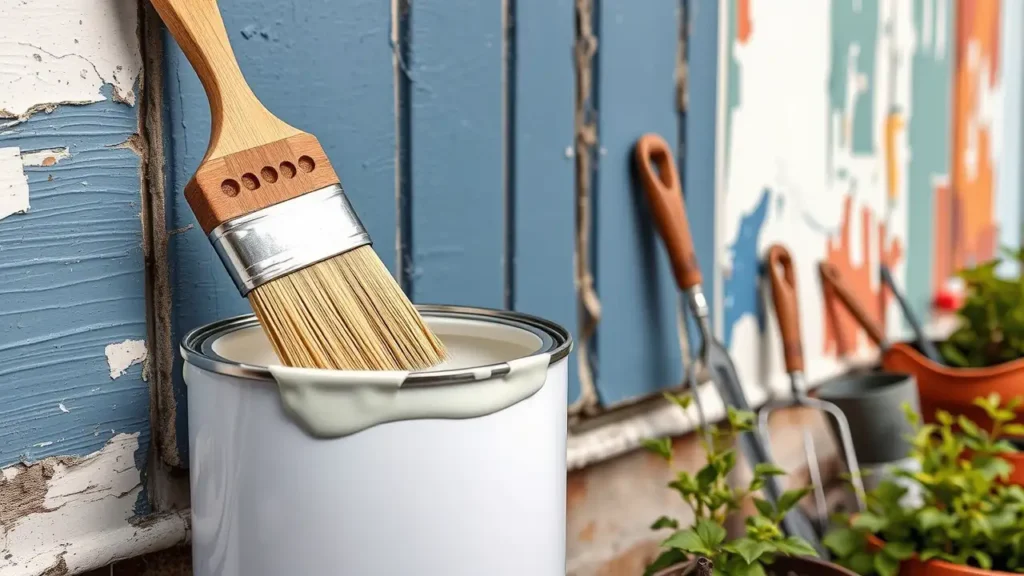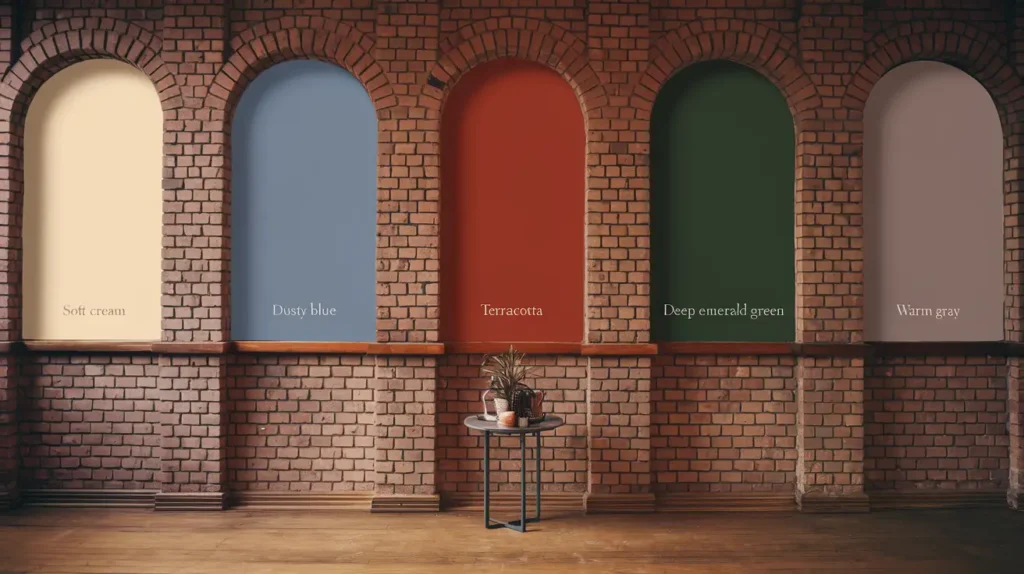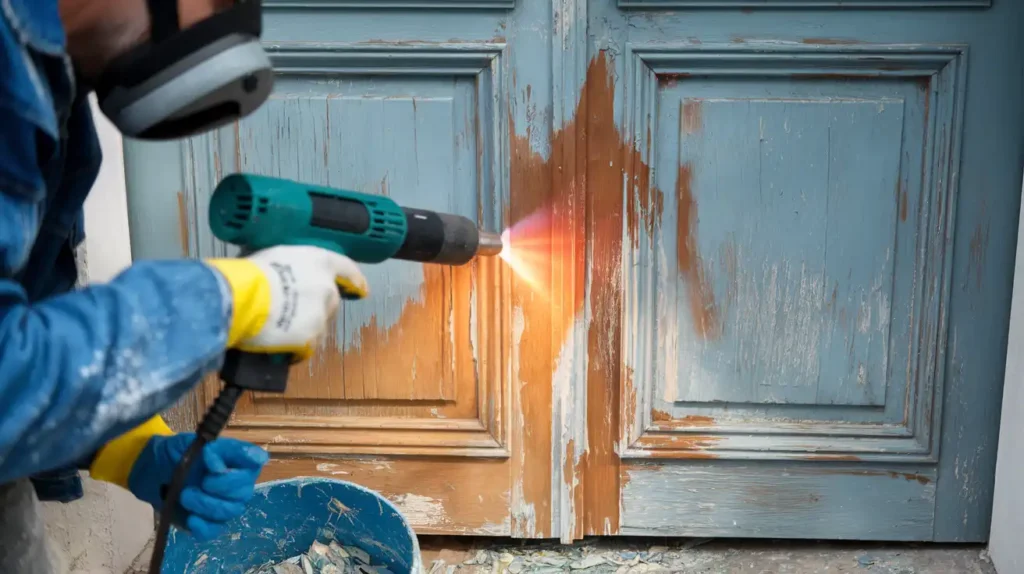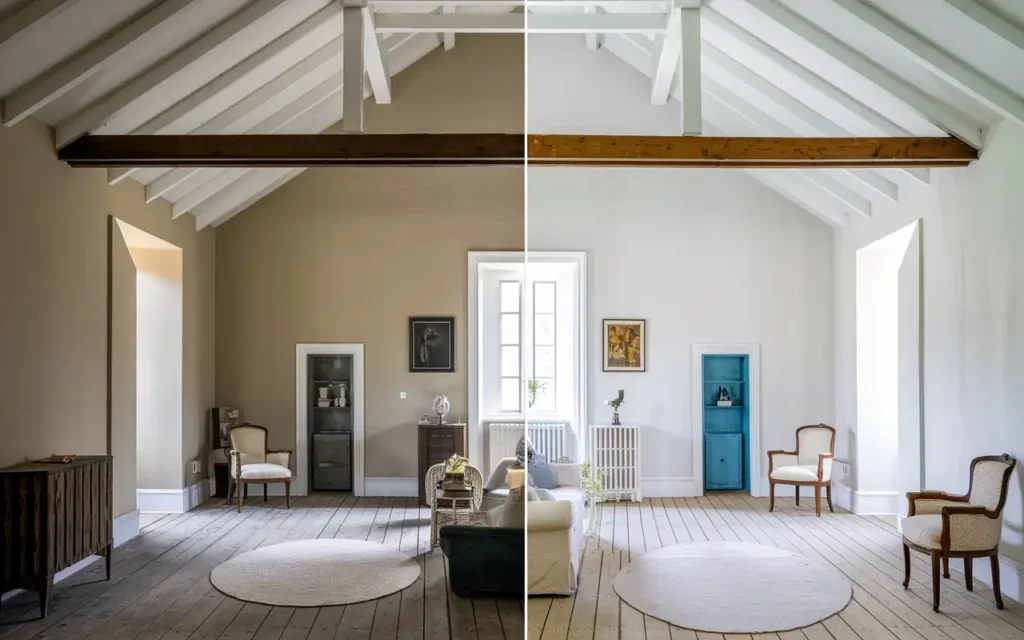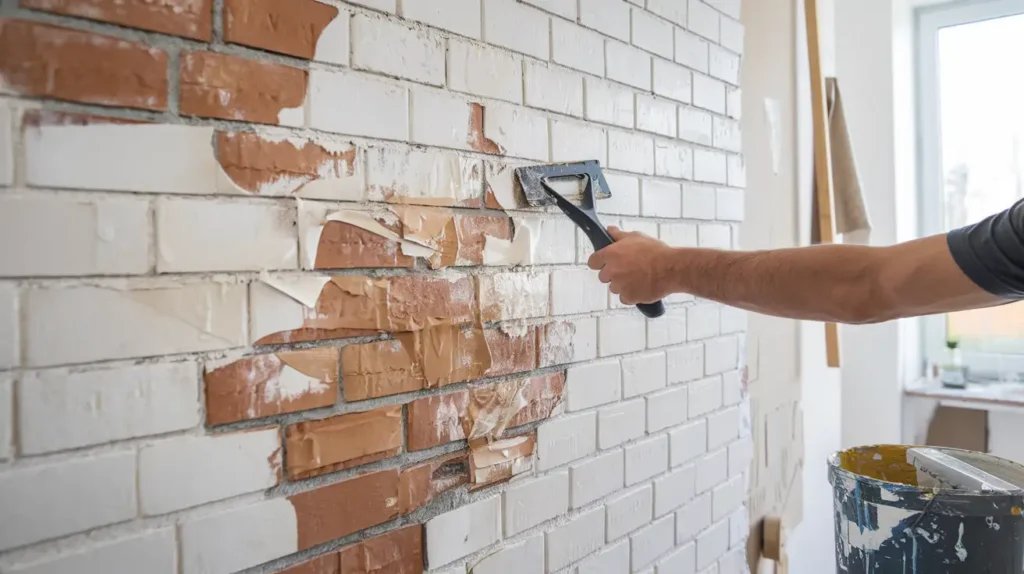How Much Does It Cost to Paint a Room? Your 2025 Guide
Home / The average cost to paint a room is between $300 and $1,200. This price typically includes all labor, quality paint, and necessary supplies to complete a professional job. The final total depends on many factors, like room size, the condition of your walls, and the type of paint you choose. Establishing an accurate budget upfront can protect you from unexpected costs later. This guide will walk you through every aspect that contributes to the total cost of repainting a room and help you confidently plan your project, whether hiring professional painters or doing it yourself. Table of Contents The True Cost of a Room Painting Project Considerations must be given to all aspects of the cost involved in painting a room when considering its total costs; not only the paint price itself, but also all services required to achieve an excellent and long-term finish. Here is a breakdown of average painting prices per room. Small Rooms (up to 120 sq ft): For a small bedroom or an office, you can expect to pay between $300 and $600. This includes a professional repainting of all walls. Medium Rooms (120 to 250 sq ft): A standard bedroom or dining room falls into this category, with a typical cost range of $600 to $1,200. Large Rooms (over 250 sq ft): A large living room, family room, or finished basement can cost $1,200 or more. These spaces require more time and materials, raising the total cost. The cost per square foot for interior painting generally ranges from $2 to $6. This total cost can go up if you add on ceilings, trim, or other details. The Most Important Factors That Affect Your Price The national average is a good starting point, but the real price of your project will depend on these details. Labor Costs: This is the biggest part of your final bill. Professional painter labor rates typically range from $25 to $75 per hour. More experienced painters or those in cities with a higher cost of living may charge more. A single professional can usually paint a room in one to two days. Prep Work and Repairs: This is the most crucial part of any painting job. Prepping the room can take just as long as the painting itself. Prep work includes: Moving furniture and covering floors. Sanding down rough spots. Filling in nail holes or cracks. Caulking gaps. Taping off trim and windows. If your walls have a lot of imperfections, the prep work will be more time-consuming and add to the total cost. It is a necessary step that ensures the final finish looks smooth and professional. Paint Quality: The paint itself is an important cost. A gallon of good quality interior paint costs between $20 and $80. Mid-range paints are the most common choice, while premium brands offer better durability and coverage. Oil based paints can be more expensive than standard latex paints. Number of Coats: Most room painting projects need two coats of paint. This is true whether you are changing paint colors drastically or just refreshing the same shade. If you are painting a dark wall with a light color, it may need more coats to get a clean finish. Ceilings and Trim: Painting a room often means more than just the walls. Adding a coat to the ceiling costs an average of $1 to $2 per square foot. Updating the trim and baseboards adds another $1 to $3 per linear foot. The Ultimate Room Painting Project Timeline Knowing what to expect can help you prepare and get the most value from your painters. A standard room usually takes two days from start to finish. Day 1: Preparation & Primer Arrival & Setup: The painting team arrives and sets up their equipment. Move & Protect: They move all furniture to the center of the room and cover it with plastic. They lay down drop cloths to protect your flooring. Prep Work: This is where the magic happens. They fill holes, sand, and smooth the walls. They tape off trim and any areas that will not be painted. Primer: If needed, they will apply a coat of primer. This is essential for a smooth finish, especially if you have to know how to paint wood paneling or if you want to know how to paint over oil base paint. Day 2: Painting & Cleanup First Coat: The first coat of paint is applied to all walls. Dry Time: They allow the first coat to dry completely. Second Coat: They apply the second coat. This brings out the true color and ensures full coverage. Cleanup: The crew removes all tape, drop cloths, and plastic. They put all materials away and clean up any messes. Your room is ready for you to enjoy. How to Vet a Painter & What to Ask Hiring a painter is a big decision. To ensure you get a quality job and avoid surprise charges, follow these steps. Ask for a Written Estimate: Always get a detailed, written quote. The estimate should include the total cost, what services are included (prep work, cleanup, materials), and the type of paint being used. Ask About Prep Work: Ask for specifics. Does their prep work include patching holes, sanding, and taping? A good professional will always include this in their process. Check References: Ask to see photos of their past work or talk to a previous client. This gives you a clear idea of the quality of their work. Confirm Insurance: Make sure they have liability insurance. This protects you in case of any accidents or damage during the project. A trusted company like San Diego Home Remodeling will always be fully licensed and insured for all painting services. Look for Local Experience: For painting services in San Diego, make sure your painters know about local climate and home types. A local pro understands what products work best in your area. DIY vs. Hiring a Pro Many homeowners wonder if they should handle the painting
How Much Does It Cost to Paint a Room? Your 2025 Guide Read More »


![How Much Does It Cost of Interior House Painting? [2025 Data]](https://sandiegohomeremodeling.com/wp-content/uploads/2025/03/How-Much-Does-It-Cost-to-Paint-a-House-Interior-1024x574.webp)
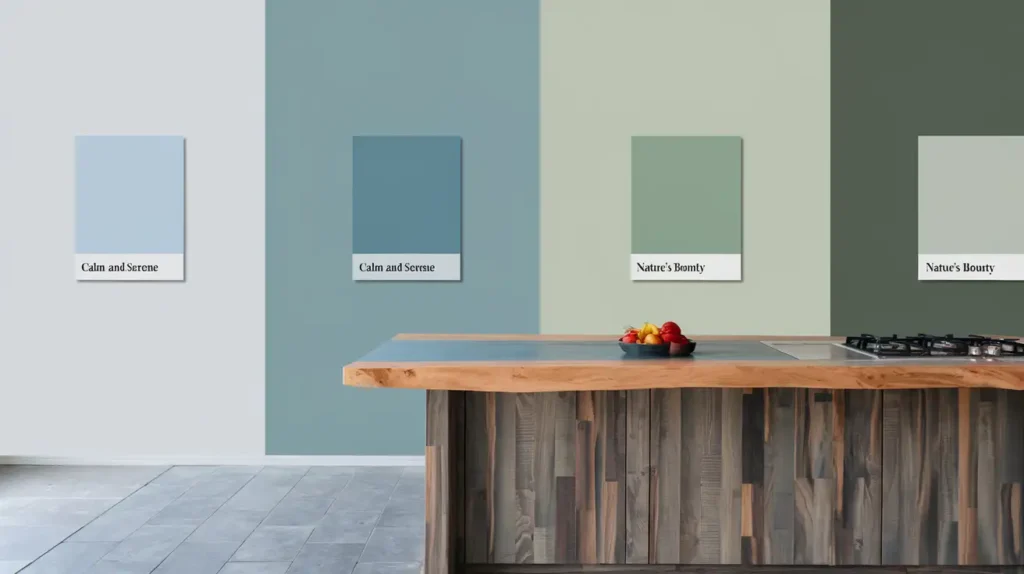
![How to Paint Over Oil Based Paint [5 Simple Steps]](https://sandiegohomeremodeling.com/wp-content/uploads/2025/03/How-to-Paint-Over-Oil-Based-Paint-1024x574.webp)
